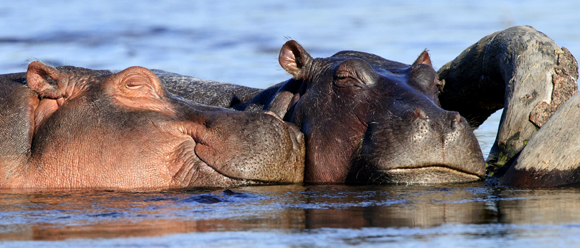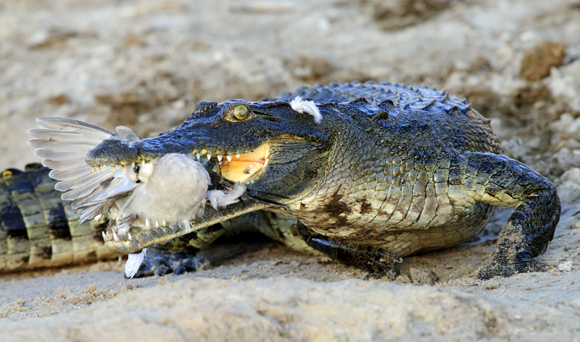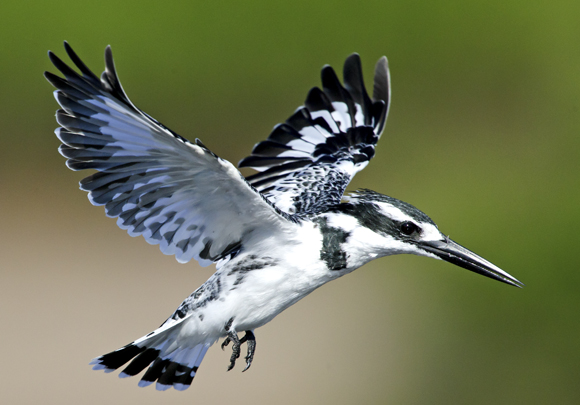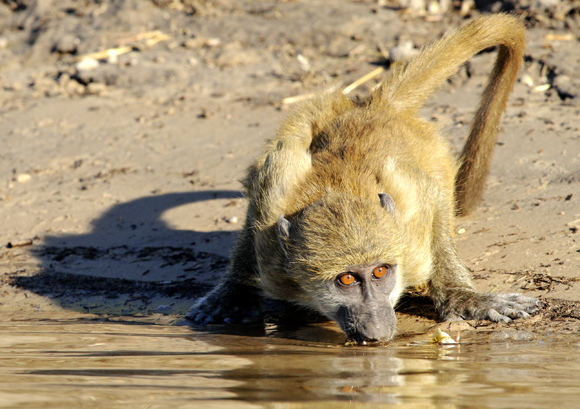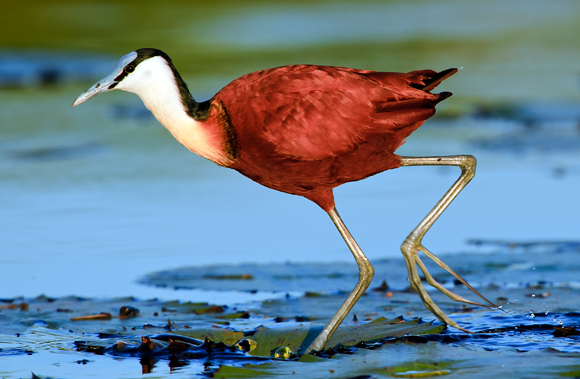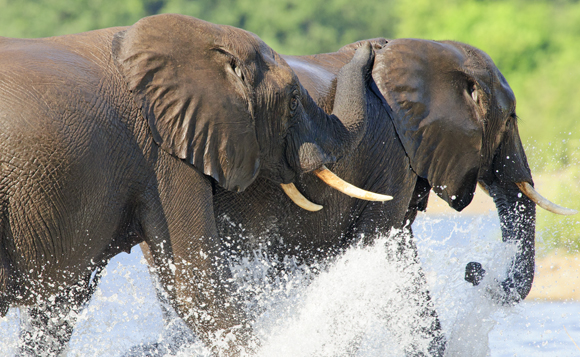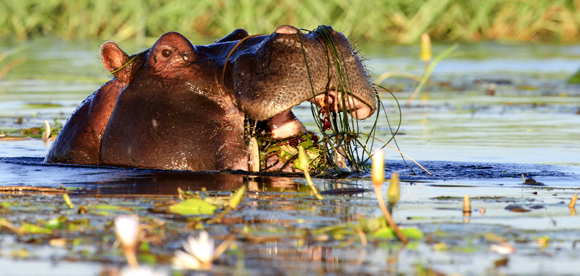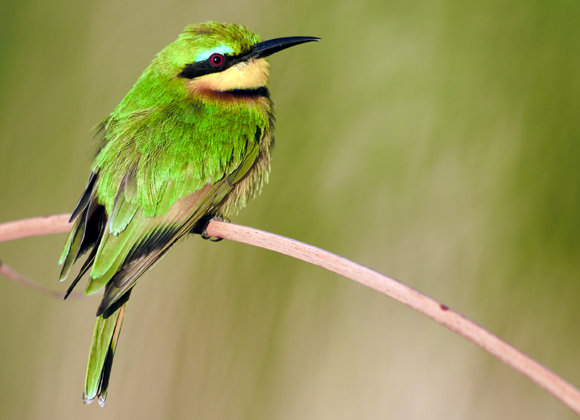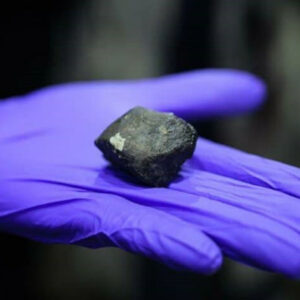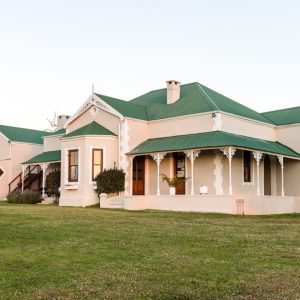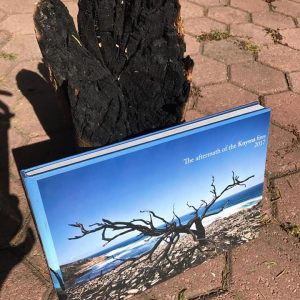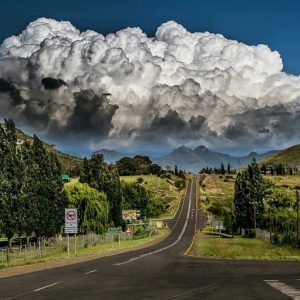“Twenty years from now you will be more disappointed by the things you didn’t do than by the ones you did do. So throw off the bowlines, sail away from the safe harbor. Catch the trade winds in your sails. Explore. Dream. Discover.” – Mark Twain
To dream and discover a place like Chobe……..words just cannot do justice to the beauty of this place! I visited Chobe during May 2011 and the experience was ….second to none!!
The Chobe National Park, which is the second largest national park in Botswana and covers 10,566 square km, has one of the greatest concentrations of game found on the African continent. Its uniqueness in the abundance of wildlife and the true African nature of the region, offers a safari experience of a lifetime.
A major feature of Chobe National Park is its elephant population currently estimated at around 120,000. The Chobe elephant are migratory, making seasonal movements of up to 200 km from the Chobe and Linyanti rivers, where they concentrate in the dry season, to the pans in the southeast of the park, to which they disperse in the rains.
The park is divided into four distinctly different eco systems:
Serondela with its lush plains and dense forests in the Chobe River area in the extreme north-east; the Saviti Marsh in the west; the Linyanti Swamps in the north-west the hot dry hinterland in between.
The Serondela area (or Chobe riverfront), is situated in the extreme Northeast of the park. The Chobe, which flows along the Northeast border of the park, is a major watering spot, especially in the dry season (May through October) for large breeding herds of elephants, as well as families of giraffe, sable and cape buffalo. The flood plains are the only place in Botswana where the puku antelope can be seen. Birding is also excellent here. Large numbers of carmine bee eaters are spotted in season. When in flood spoonbills, ibis, various species of stork, duck and other waterfowl flock to the area. This is probably the most visited park section, partly because of its proximity to the Victoria Falls. The town of Kasane, situated just downstream, is the most important town of the region and serves as northern entrance to the park.
I stayed at the Chobe Safari Lodge which is situated in Kasane on the banks of the Chobe River and shares a border with Chobe National Park. Right on our doorstep is the meeting of four African countries: Botswana, Namibia, Zimbabwe and Zambia. Chobe Safari Lodge therefore offers an excellent getaway location to Chobe, Victoria Falls or Caprivi. And the best destination for serious game viewers.
I am most definitely looking forward to catching those trade winds back to Kasane in 2012!!

